Records do more than just play music. They shake the layers of time, resurrecting landscapes buried deep in memory. Each time the needle drops, silence is eroded, waves of sound travel through the walls, and the very space is reconstructed. I once had a room where I could fully savor such resonance—an environment that embraced sound, stripped away the unnecessary, and left only pure reverberation. However, that room is now gone. The reason was simple yet irreversible.
Before me lay thousands of records. Choosing which to keep and which to let go was not merely a matter of organization. Rather, it was akin to making a statement—a declaration of the sounds that I would carry forward in my life.
Not everything can be abandoned.
Some sounds continue to echo beyond the silence.
Today, I introduce one of those records.
1. Resonance and Form—The Texture of Sound in This Record
The breath of an era told through its jacket, the tactile sensation of the grooves etched into the vinyl, and the world that unfolds the moment the needle drops. I will explore the beauty and resonance of this record in depth.
2. The Coordinates of Memory—The Intersection Between This Record and Me
When, where, and how did I first encounter this record? And why could I never bring myself to part with it? Beyond my personal experience, I will reflect on the magnetic pull that music exerts over memory.
3. The Context of Sound—How This Record Lives Within a DJ Set
At what moment should this record be played within a mix? How does it resonate with the temperature of the dance floor and intertwine with other tracks to create new narratives?
Resonance and Form—The Texture of Sound in This Record
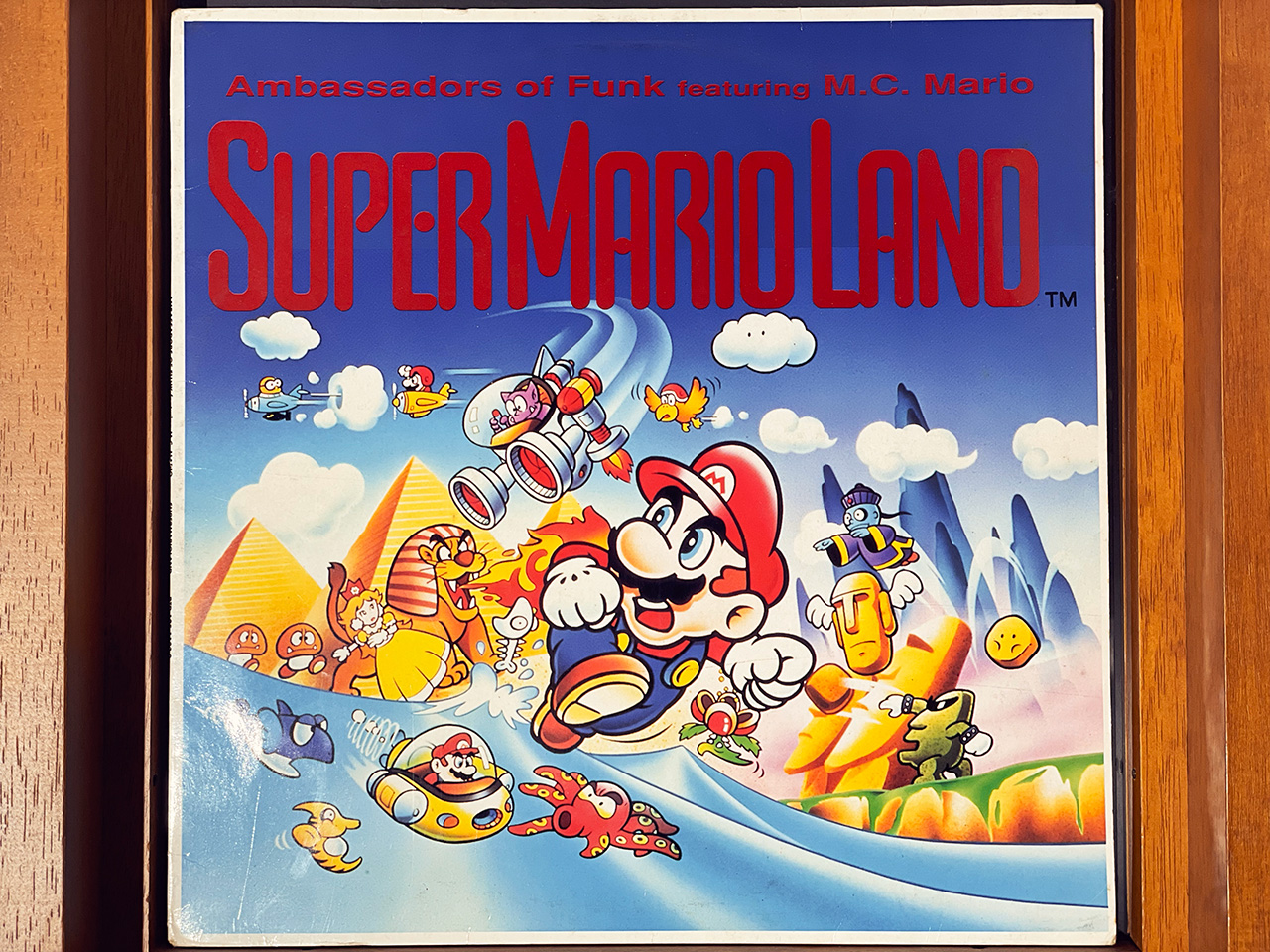
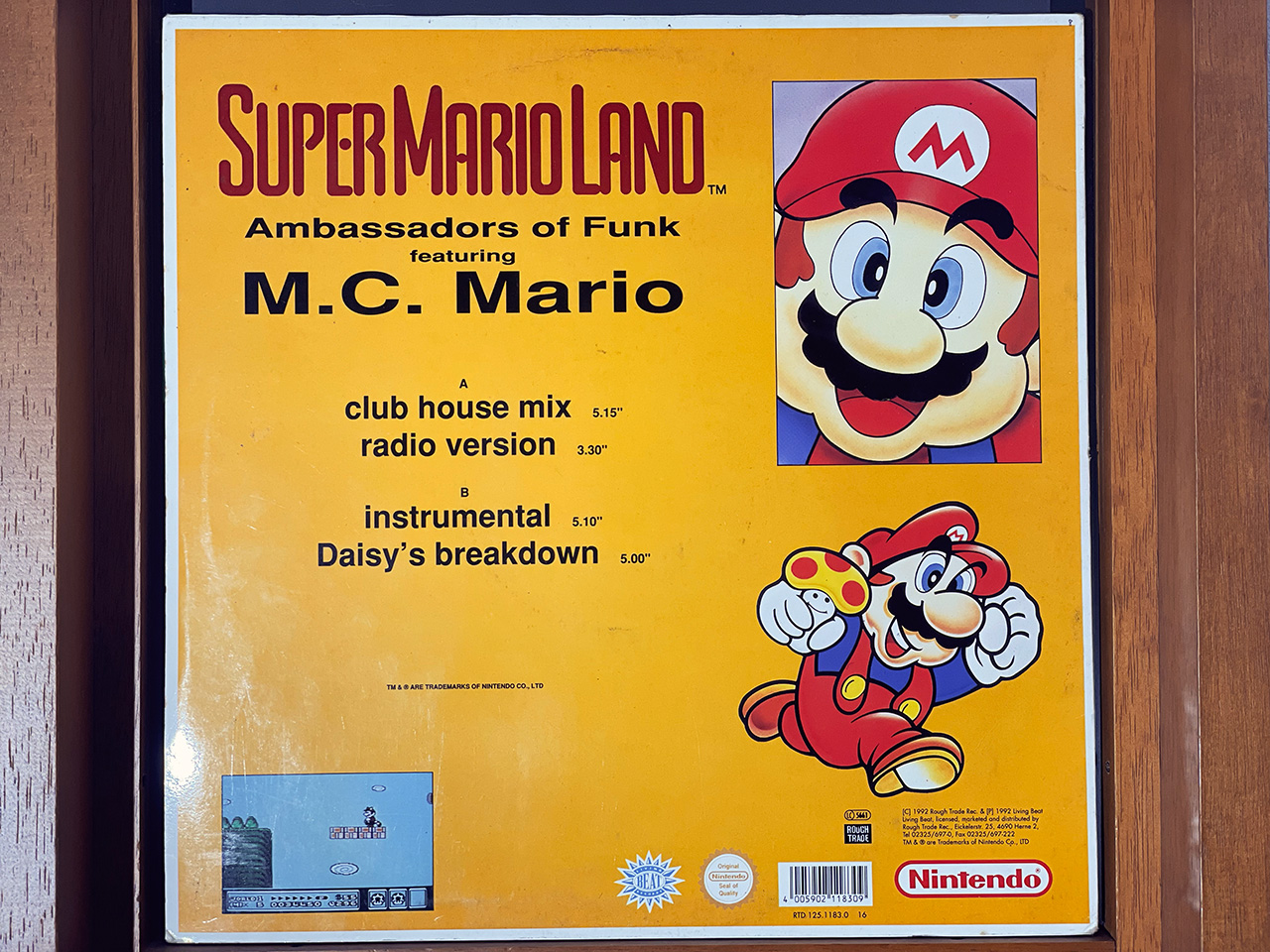
■Sound
The record jacket features the iconic image of Mario, with a design that looks as if it jumped straight out of a Game Boy package. Just holding it in my hands evokes a nostalgic sense of wonder. When the needle drops, a chiptune sound reminiscent of the Game Boy’s internal audio engine intersects with the atmosphere of the early ‘90s UK club scene. Producer Simon Harris skillfully weaves elements of HIP HOUSE and acid house, remixing the original game soundtrack into a new sonic context.
At the core of this track lies a straightforward yet infectious house beat, accompanied by nimble rap vocals. While it doesn’t feature a TB-303-style acid bassline, there are subtle synths lurking beneath the rap that hint at the influence of acid house. This understated layer adds a unique floating sensation and psychedelic depth to the track. It’s fascinating how this piece, rooted in the underground dance music of the early ‘90s, simultaneously embraces mainstream game music, seamlessly navigating between pop and alternative realms.
Furthermore, the song integrates game sound effects as part of its rhythm, making it more than just a dance track—it functions as an audio collage. The blend of club-friendly beats and pixelated chiptune textures allows this record to stand as one of the most pioneering examples of video game music fused with dance music.
The Coordinates of Memory—The Intersection Between This Record and Me
For those in their 40s or older, Super Mario Land is nothing short of a nostalgic masterpiece. Despite its monochrome graphics on the original Game Boy, it introduced an entirely new world for Mario, offering unique gameplay and, above all, an unforgettable soundtrack. It’s remarkable how such a rich and immersive musical experience was crafted within the limitations of the Game Boy’s hardware.
I, too, spent countless childhood hours playing this game, but it wasn’t until I became a DJ that I rediscovered this track in a different light. During my years of deep diving into HIP HOUSE and ACID HOUSE records, I stumbled upon this record on Yahoo Auctions. If memory serves me correctly, I won the auction for about 3,000 yen—an amount that, at the time, required a bit of courage to spend on what could be considered a novelty record. But this was one I simply had to have.
HIP HOUSE as a genre has sometimes been dismissed or even ridiculed. However, listening to this track makes it clear that it’s far more than just a gimmick—it stands as a solid dance track with undeniable strength. The energetic bounce of HIP HOUSE rhythms, combined with the pixelated chiptune elements, creates something beyond just a “club edit” of a video game soundtrack. It becomes a piece of music with its own compelling identity.
Since acquiring this record, I have frequently used it in my house sets. When mixed with conventional house tracks, its game-inspired textures blend seamlessly into the dancefloor. When paired with ACID HOUSE, the synth swirls merge effortlessly, generating a trippy groove. The excitement of finding this record back then, and the nostalgia it brings every time I play it, remains unchanged to this day.
The Context of Sound—How This Record Lives Within a DJ Set
With a BPM of around 120, this track fits effortlessly into house music sets. However, what makes it truly stand out is how it fuses its catchy “video game music” element with the groove of HIP HOUSE.
For example, it pairs naturally with classic UK house or Chicago house from the same era. When mixed with the funky loops of Paul Johnson or DJ Sneak, it injects a unique game-inspired flavor into a 90s Chicago house groove. Meanwhile, blending it with DJ Pierre’s acid house sound can create a surreal resonance between chiptune’s electronic tones and acid bass, transporting the dancefloor into a new dimension.
This track also works exceptionally well in the early part of a set, serving as an icebreaker before the peak moments of the night. When played early on, its recognizable melody catches the audience’s attention, warming up the atmosphere while smoothly transitioning into deeper house beats. Additionally, with the recent rise of Japanese rap tracks that incorporate house beats and chiptune elements, it could be intriguing to mix this record with modern Japanese hip-hop to explore a fresh take on nostalgic and futuristic sounds.
This record stands at the intersection of my musical roots and DJing style. Each time it spins on the turntable, I feel a strange synchronicity between the 90s club scene and the pixelated world of the Game Boy. Now available on streaming services, I highly recommend experiencing its one-of-a-kind sound.
As a side note, last year, I released a DJ mix featuring a mashup of Dr. Mario’s BGM and ORANGE RANGE’s Ishin Denshin. This idea came to me while searching for a track that would pair well with the riff from Nogizaka46’s Moshimo Kokoro ga Toumei Nara—and I realized that Dr. Mario’s melody fit perfectly. I think this mix created a great early-set flow. With a BPM in the mid-140s, it’s slightly faster than standard house music, but the long blends and subtle mix transitions make it enjoyable for house fans as well. I invite you to give it a listen.
Thank you for reading until the end.
Do you, too, have a record that transcends time, one you can never part with?
May its melody continue to pulse quietly in the depths of your memory, illuminating fragments of your life.
And may both your heart and body remain in harmony, always.
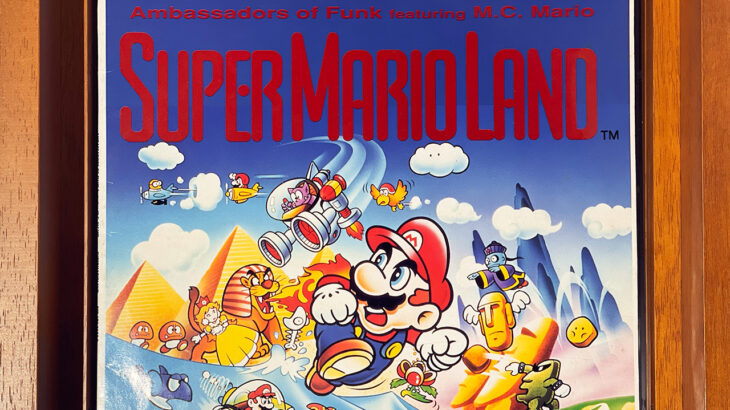


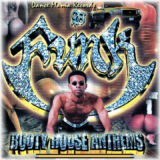
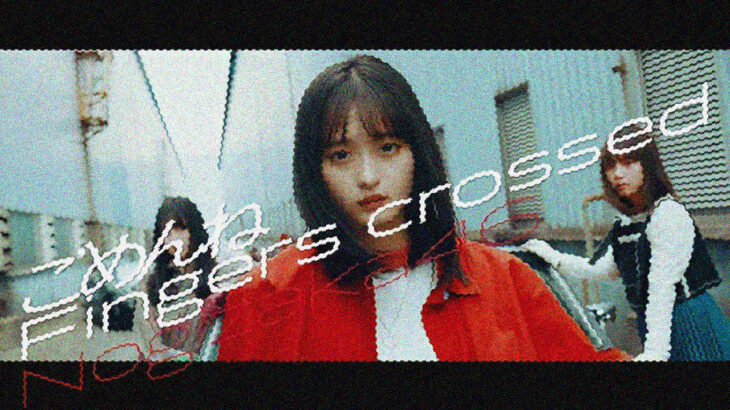
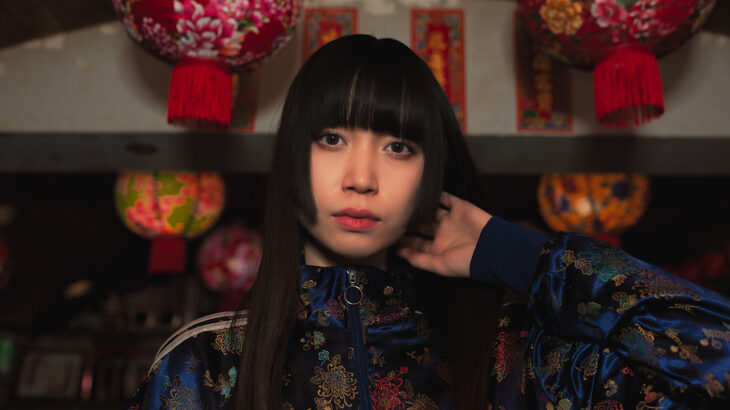
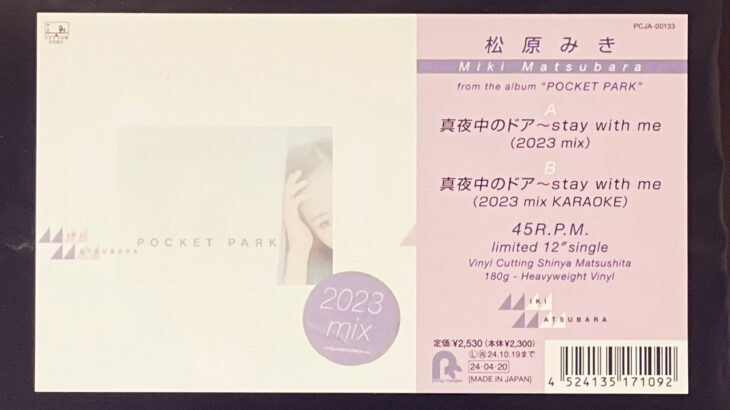
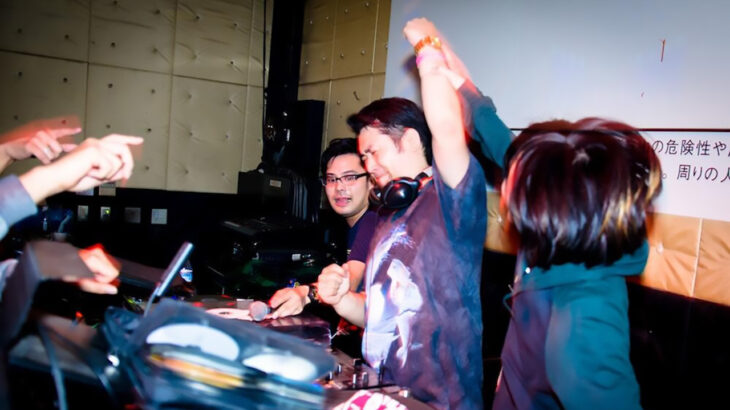
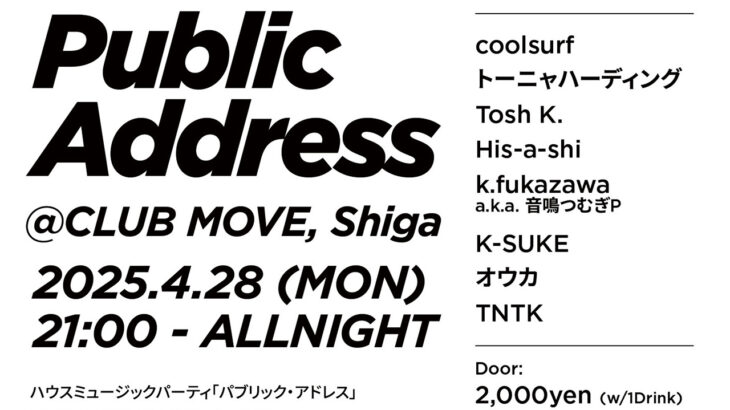
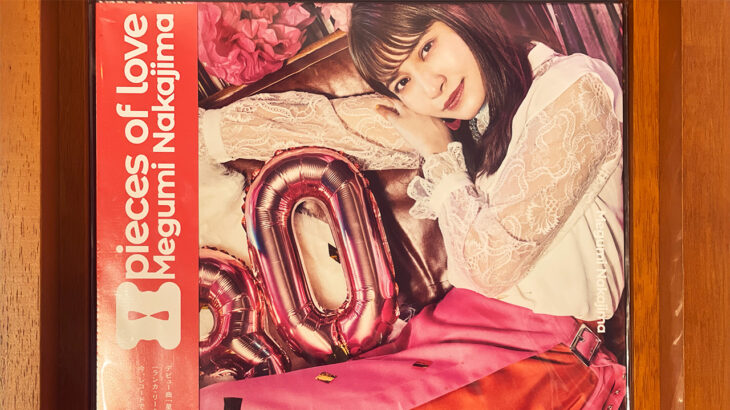
コメントを書く